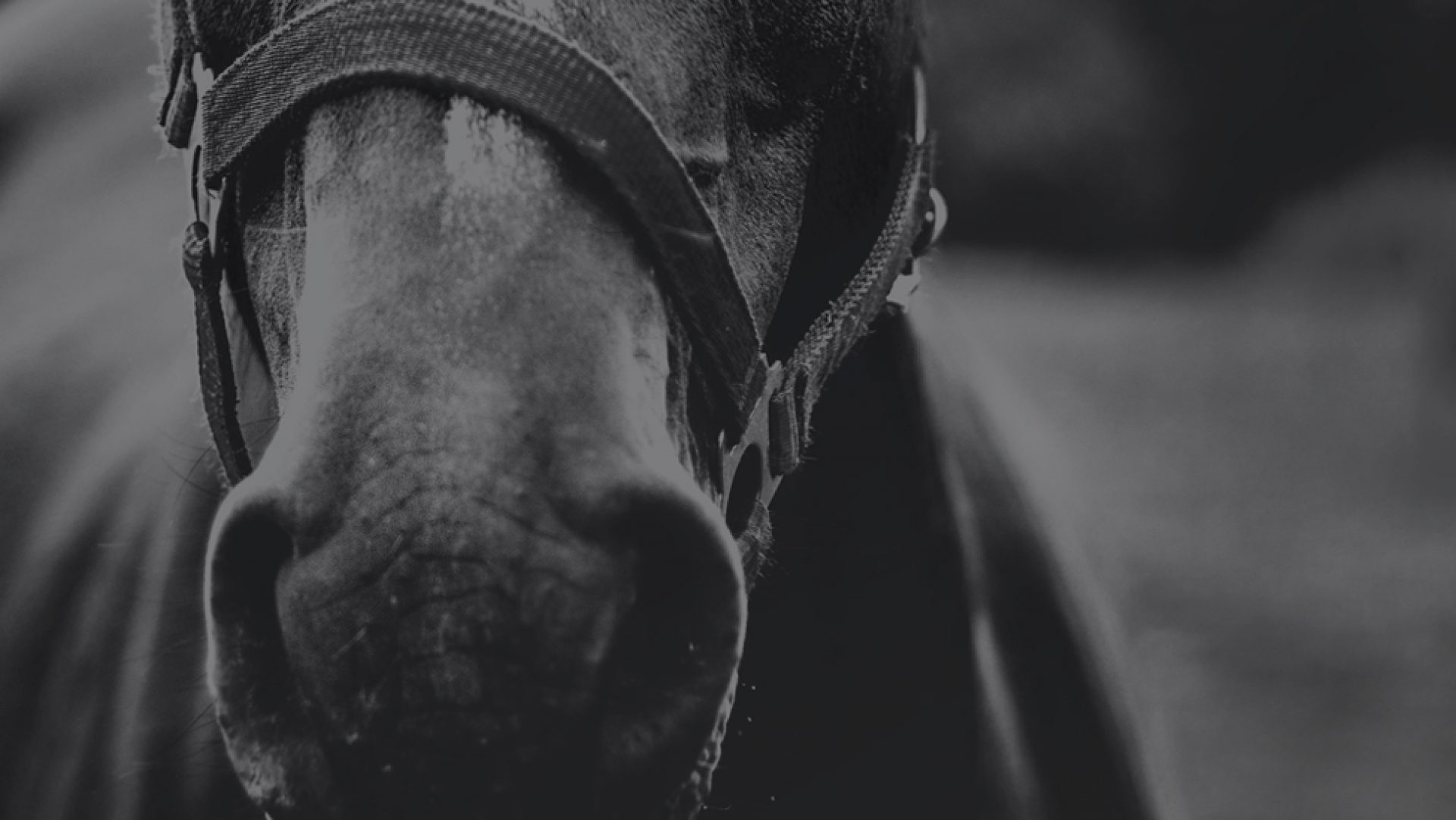Value betting simply means betting when the odds are in your favour. If you bet on a horse at 5-1 (6.0) when its true chance of winning the race is 3-1 (4.0), you have a value bet. In contrast, if you bet on this same horse at 5-2 (3.5), you have a bad value bet. You will back a few winners but your bank balance will be shot to pieces over time.
That simple example makes the picture seem clearer than it is in reality; it takes great skill to read the form book, predict and understand market forces, and assess what each horse’s true chance of success is. It’s also hard to live by the value mantra when it explicitly requires you to bet against horses that you think are more likely to win a given race.
For example, if the market offers prices of Evens (2.0), 3-1 (4.0), 4-1 (5.0) and 12-1 (13.0) about four horses in a race, and the 12-1 (13.0) shot is the only overpriced runner (say it ought really to be an 8-1 (9.0) shot), then that is the horse you should back. However, probability dictates that it should only win one in nine times, which of course means it is unlikely to win this one race and its rivals have better chances. The importance of this point cannot be emphasised enough — a losing bet does not necessarily mean you got bad value on that bet.
The key is that — over time — you will make money by backing that 12-1 (13.0) shot, simply because it will win more frequently than once every 13 times (which would be your break-even point).
Most people fail when trying to pursue a value betting approach due to a lack of discipline or a lack of faith. This site and its resources should help you gain that discipline and develop that faith.
Remember, to be a profitable punter you must be psychologically strong and take a long-term view. If you continually back horses at bigger odds than they should be, you will win in the long-run.

